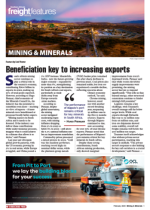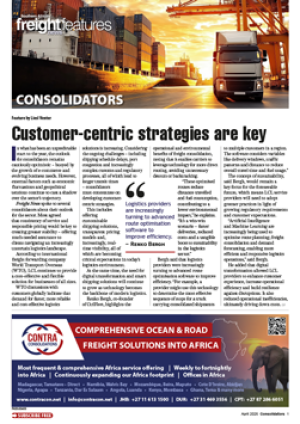Commodities like bauxite and gold are expected to see accelerated demand in the short term. According to Raj Khatri, MD & head of metals and mining, EMEA, at Canaccord Genuity, the global shortage of bauxite is currently driving investment across both East and West Africa, particularly in countries like the Ivory Coast and Mali. “Gold remains elevated in price, attracting strong investment, but copper will continue to dominate as a key focus for global investors across the continent.”Khatri said one of the biggest challenges for the copper sector, however, was the limited opportunity in high-quality copper projects, with the number of available assets remaining small.Most experts agree with Khatri, saying that copper is the commodity to watch in Africa, with imbalances between supply and demand likely to persist for years to come. Copper’s strategic importance in the electrification and energy sectors undoubtedly makes it a central player. Nickel, he said, was another commodity to keep an eye on, particularly due to Indonesia’s rise as a dominant supplier. With over 50% of global nickel supply now coming from this country, there is still appetite for quality nickel assets outside of Indonesia, and Africa could take advantage of this.During a discussion on the global commodity outlook at the recent Investing in African Mining Indaba in Cape Town, several experts indicated the energy transition was currently on hold but would eventually resume as a key driver of growth. “It’s important to view the energy transition as a subset of energy security, with actions taken by governments highlighting this shift. China is dominant in both the volume and production of new renewable installations, but lacks oil reserves, positioning renewables as the obvious solution to meet energy demand. However, within China, energy security remains a long-term growth driver. Meanwhile, electrification metals are increasingly taking over from construction materials in impor tance,” said Graeme Train, head of metals and minerals analysis at Trafigura. “In Europe, the situation is more cyclical – demand for energy security intensifies when required. However, the cost of investment remains high and governments need to be confident in their strategies to ensure progress.”Looking at the United States, Khatri and Train said all indications pointed to the energy transition being placed on hold with Donald Trump in office. “The energy transition remains a major driving force, but other themes are also pushing demand for metals at present. One of these is the growing need for data centres. Additionally, automation and retooling in manufacturing are driving machinery demand, which is becoming a bigger consumer of metals than construction.”He said another key factor was the global shift towards reshoring and near-shoring supply chains, which would require machinery development outside of China. LV

